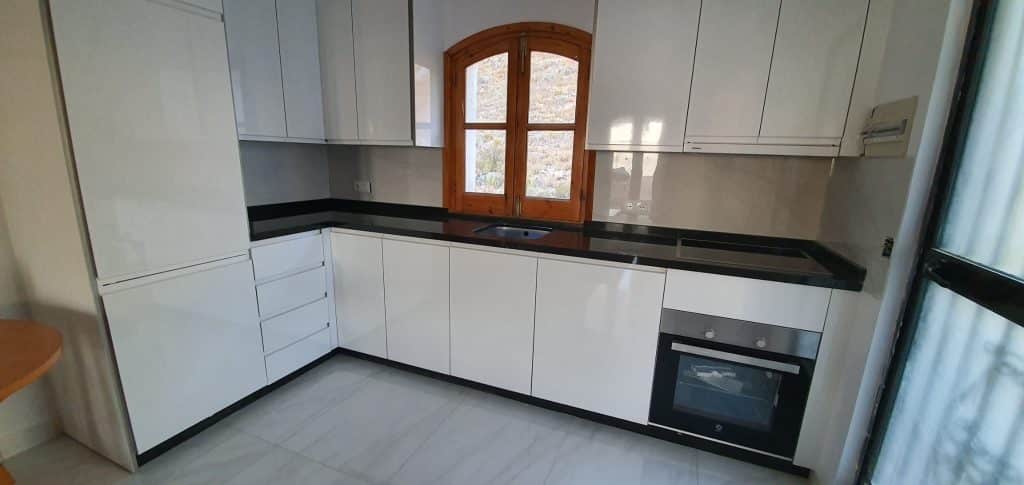House Flipping in Spain: How It Works and Why You Need Us
House flipping is a great idea in Spain. But what is it, and why should you choose us for flipping houses in Spain?
In this article, we provide answers to these questions and more.
“Read the Swedish version here”
Understanding Property Flipping in Spain
Property flipping in Spain involves buying a house or apartment at a low price, renovating it, and then selling it for a profit. The key to successful house flipping is minimizing purchase and renovation costs while maximizing the selling price. Here’s a simplified formula for house flipping in Spain: Selling Price – Purchase Price – Renovation Costs – Taxes and Fees = Your Profit.


Contact us, and we’ll guide you through the entire process.
Nils Magnusson, SBG.
Why Choose Spanska Byggbolaget for House Flipping?
We at Spanska Byggbolaget assist you in every step of property flipping.
But why choose us? Can’t you do this on your own?
Yes, you can. However, house flipping in Spain involves complex and risky steps. To maximize profits and minimize risks, it’s advisable to choose us. We possess the local knowledge and expertise needed to navigate the entire process of house flipping.
3 Steps for Flipping Properties in Spain
Purchase a property with potential.
Renovate the property.
Sell the property at a higher price.
Let’s delve deeper into these steps.
- Acquiring a Property at a Good Price
Buying a property in Spain isn’t straightforward. New properties are usually unavailable in city centers and along beaches. It’s wise to purchase a slightly older property with a good location and renovate it to an ideal state.
Purchasing in an emerging housing area is also smart. But this requires local knowledge, which we provide.
Conduct a thorough inspection and ensure that potential renovation costs don’t exceed potential profits. If expensive fixes are needed, they should reflect in the property’s price. Secure suitable financing, either through savings or bank loans. Quick disbursement and a favorable interest rate are crucial.
- Renovating the Property
Before renovating, obtain a building permit. Spain has two types:
Minor Building Permit (licencia de obra menor): Pay 5% of renovation value as a license fee. This type is rare to reject. For instance, you need a minor building permit when non-load-bearing walls are demolished.
Major Building Permit (licencia de obra mayor): Requires more effort and is usually costlier due to architect drawings. Major building permits are needed for significant changes, such as building a pool.
Focusing on kitchen and bathroom renovations yields higher returns than renovation costs. Painting, wallpapering, and new flooring are affordable ways to increase property value. Total renovation is a good idea if it promises substantial returns.
Utilize Sweden’s ROT deduction of 30% for renovation costs in Spain.
- Selling the Property at a Higher Price
While selling, consult a lawyer and an accountant or a real estate firm offering both services. A standard agent fee in Spain is around 6%. Bargaining on their compensation is possible.
The real estate firm negotiates a favorable final price for you. They manage most aspects of property selling. You may also pay value increase tax (plusvalia) and capital gains tax. These vary based on Spanish laws and local regulations.
Your profit after taxes and fees is the result of successful property flipping.
Is Renting Out the Property a Good Idea for More Profit?
Renting can be beneficial during peak season for significant earnings. Remember that you can’t renovate with tenants, and they can cause damage.

